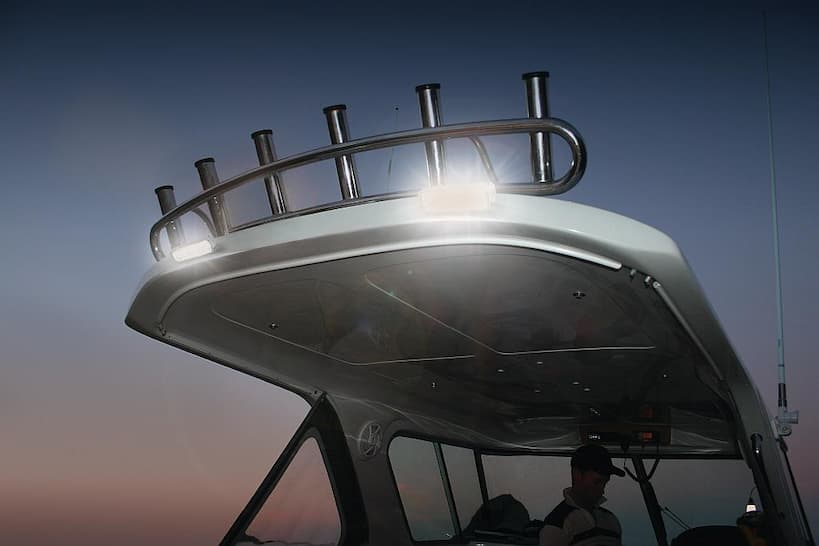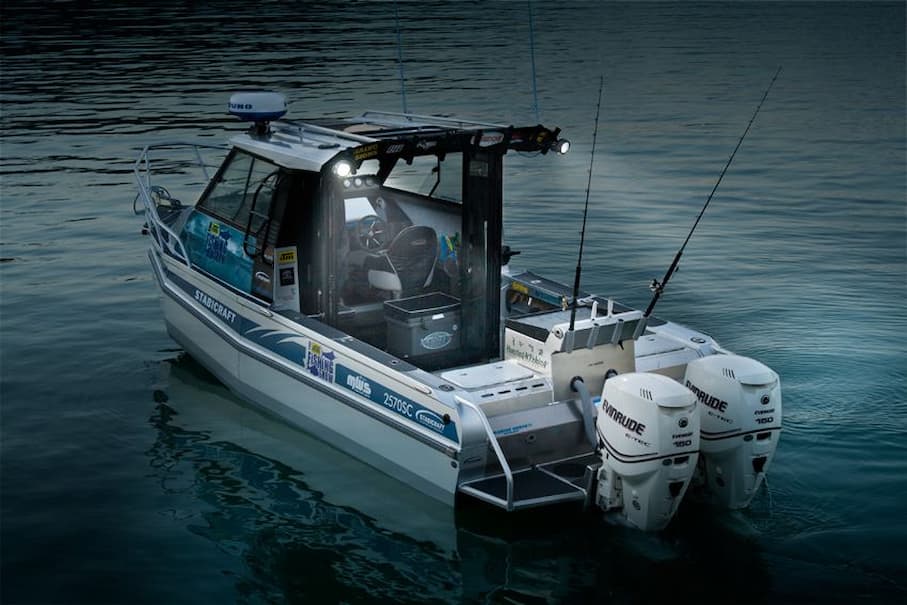Marine Navigation Lights: Things to Know Before You Go in the Waters
Contents
If you follow the blog and read every post that comes out (a huge THANK YOU from the bottom of my heart for that!), you know I recently went on a boating adventure with my family. It turned out to be more fun and thrilling than we all imagined, so if we ever become millionaires getting our own boat would be a top priority.
For now, we can dream, and occasionally tag along when my cousin goes for a spin in the deep blues. This is the perfect time to come to know more about boats, what we like in terms of regions and water fun, as well as what it takes to have a safe adventure. For instance, I had no idea crucial marine navigation light plays such an important role in safety and vessel operation.
For night sailing, sure, but low light conditions such as when there’s fog or storm – now that’s when the lights prove just how essential they are to see and be seen in the waters. Considering there are varieties of these lights you’d come across on the market, it’s advisable to know a few things about how to choose them. Start with things like:
Considering the Vessel Type and Size

There is the right type of light for the right type of vessel so knowing this prior to embark on an adventure is sure to spare you lots of headaches along the way. Mainly, the distinction in terms of recreational vessels is between power boats and sailboats.
For the first, it’s necessary that you add either separate or combined sidelights in addition to stern light and masthead light. For the latter separate sidelights plus stern light, or a combination light atop the mast is required if the vessel is under 20 metres. If bigger, separate sidelights plus a stern light and several mastheads are required.
What’s the same for both recreational power and sailboats are that when anchored there ought to be all-around white marine navigation light to provide 360-degree illumination that’s visible from at least two nautical miles.
There is an exception for vessels that are smaller than 7m in length and not anchored in or near a narrowing channel, fairway or anywhere where other vessels navigate. The other exception is with vessels smaller than 12m in length that are aground. For small vessels such as canoes and kayaks, a torch would do.
Choosing Based on the Positioning
Not only is it important to choose adequate navigation lights for boats but it’s also necessary to know the laws and regulations, specifically the International Regulations for the Prevention of Collisions at Sea, or COLREGS. This is significant when it comes to their positioning to ensure they are visible to others in the waters and that they don’t affect the operators’ vision.
How else would you know the exact distance needed between each type of light? While it may seem easy to position them yourself, talk it out with a professional or read up on the crucial guidelines because safety is on the line here. You also wouldn’t probably want to end up risking paying fines either!
Picking Between LEDs and Bulbs

Even though LEDs have become almost the norm by now, there are still some regular bulbs on the market that you may get your hands on. Although they may in some cases be more affordable, keep in mind they pale in comparison with their advanced counterpart. For one, LEDs are more energy-efficient which is especially important when you think of the full lighting setup for your vessel.
Two, it’s easier to calibrate colour temperatures ranging from warm to moderate with LEDs. Three, LEDs are easier to adjust which can be useful for getting the right orientation. These are just some of the many advantages you get from choosing this type of boat navigation light. But remember – to be able to make the most of them, you ought to pay attention to the instruction manual on their installation, care, and maintenance.
Deciding on the Price and Quality
While you may find yourself thinking going on the cheaper side of things can help you save up for future boating expenses and trips, it’s not advisable to move in this direction because cheaper means low quality, low performance, and low durability altogether. For your own safety, that of your passengers and everyone else in the water traffic, invest in something valuable like marine navigation light that will last you time and time again.
High-quality certified LED lights are made to last given their long lifespan and low risks of malfunction which makes them a solid choice. Moreover, they’re also eco-friendly so you can feel smug about buying them with the certainty you add your contribution to lowering your carbon footprint and taking care of the environment. You may pay more initially for this type of lighting, but it will turn out to be a prudent and cost-efficient move in the long run if you take the few replacements and repairs into account!



